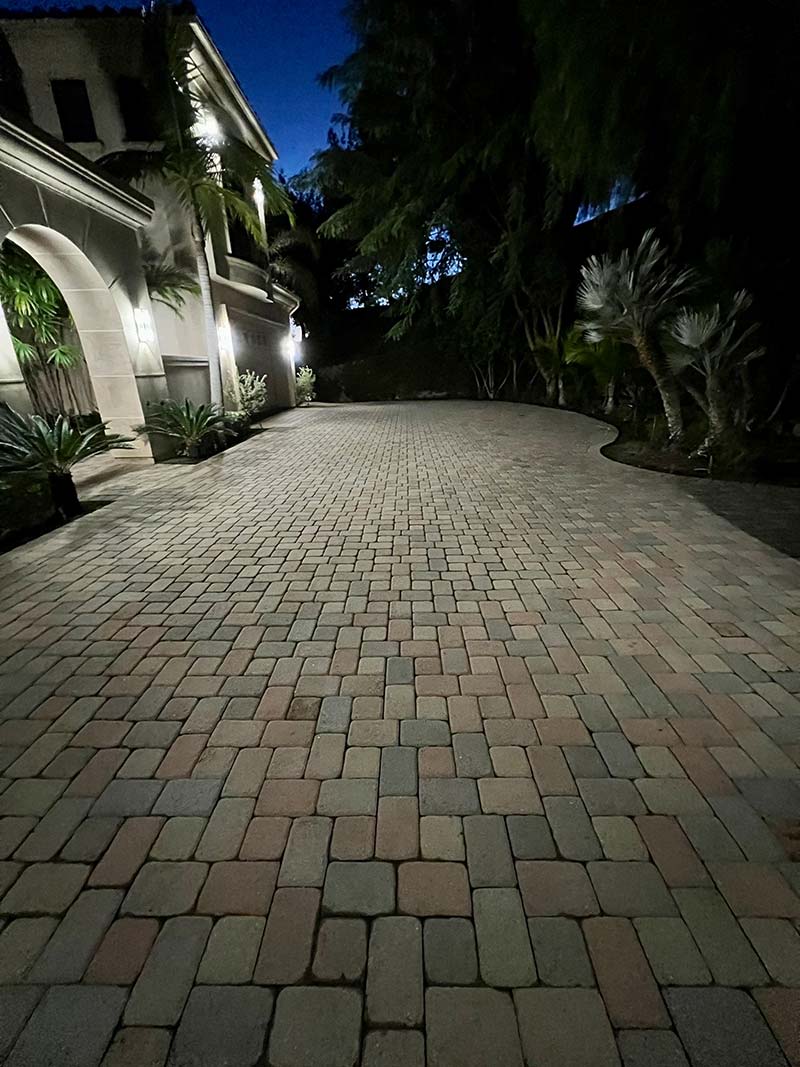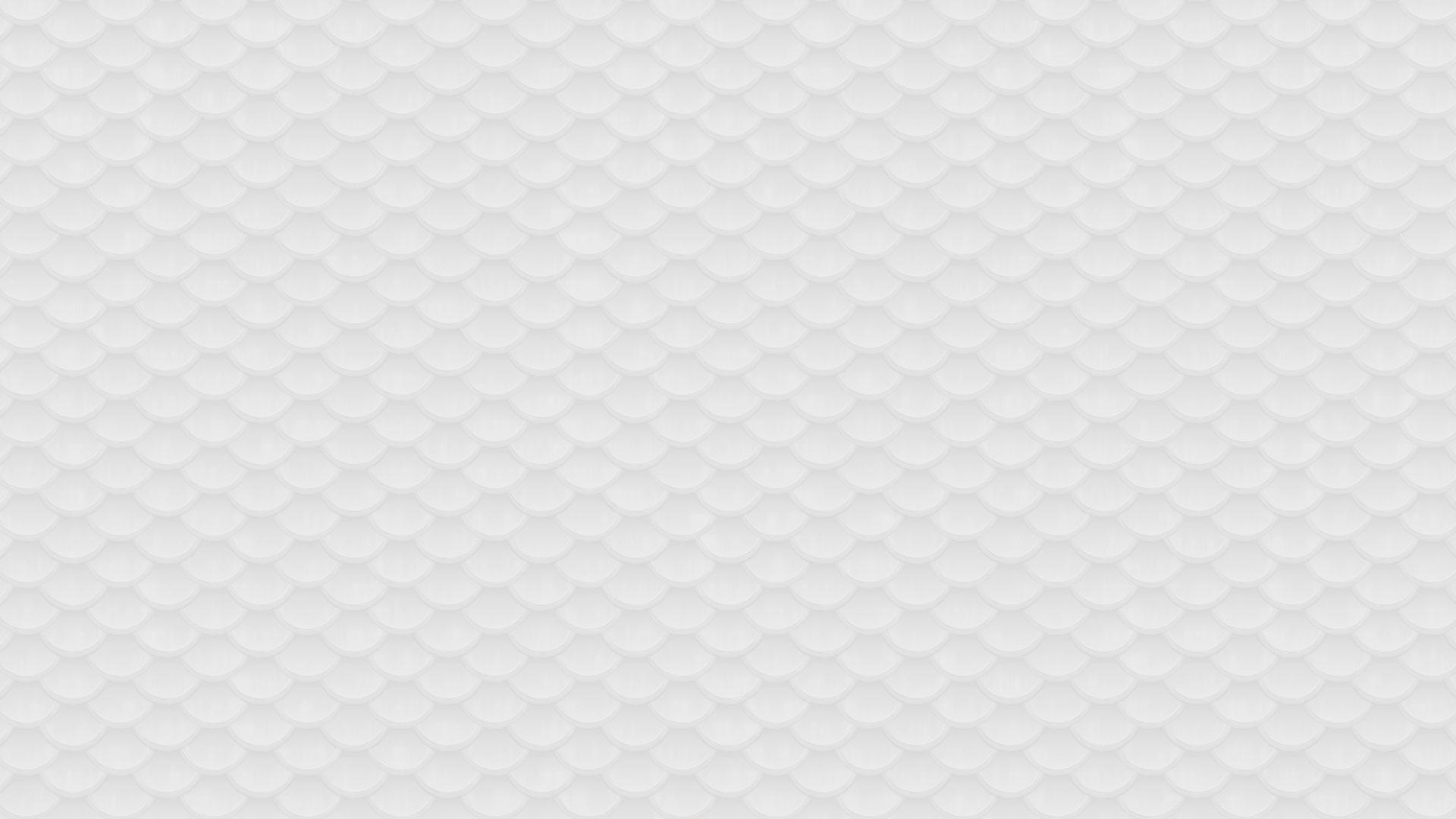Soft Washing A Roof, What’s It All About? How To Clean A Roof With Low Pressure
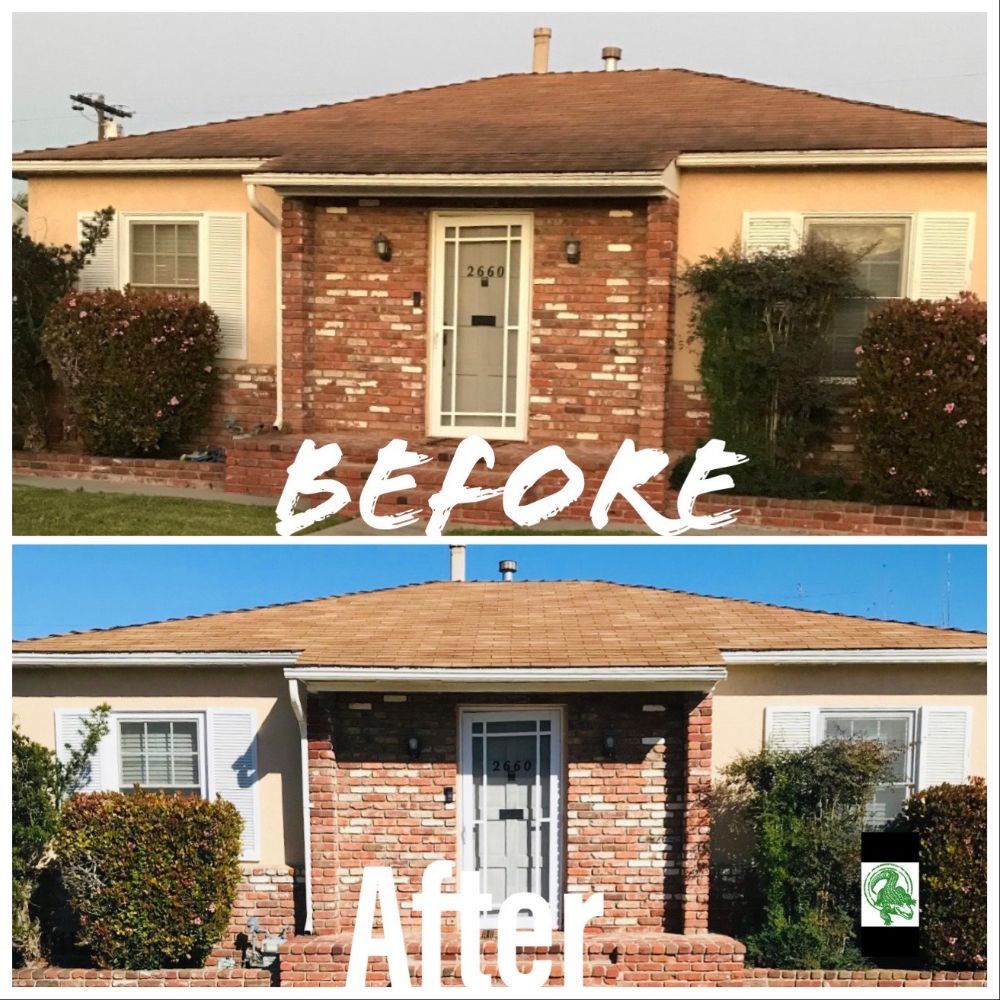
Black marks or streaks on roofs are caused by algae.
Things You May Not Know About Roof Cleaning.
- Insurance companies can cancel your policy or deny future claims if your roof is covered with organic growth. For example, mold, algae or moss.
- Cleaning your roof should be done regularly. Every couple of years or yearly depending on where you live
- Using high pressure from a pressure washer can void your roofs warranty. Pressure should be low enough that you can put your hand in front of the stream of water without it hurting.
- The Asphalt Roofing Manufacturers Association (ARMA) recommends using a 50/50 solution of household strength sodium hypochlorite & water to remove algae & moss.
Did you know that dirty roofs are not just an eyesore, they’re a breading ground for organic growth such as mold, algae & moss. Many homeowners replace their roofs prematurely of it’s lifespan because of poor maintenance. That’s thousands of dollars wasted on replacing a roof because the average homeowner doesn’t know that it can be effectively cleaned. The best preventive maintenance to help your roof last it’s full lifespan would be to clean it regularly & it will last a lot longer. Dirt, dust & grime are just a few things that make your roof look older than it is. The north & west facing sides of your roof are the sides you really need to pay attention to. Because these sides of your roof don’t get as much sun as the south & east sides they are more susceptible to mildew, mold, algae & moss. These organic growths are not only unsightly but can wreak havoc on your roof. Before you know it you have algae etc spreading growing on your entire roof. The spores from this organic monster are airborne & can spread from roof to roof. Leaving whole neighborhoods infested. Discoloring roof tile, growing & lifting asphalt shingles, causing granular loss (a leading cause of energy loss., as the granules are a protective & reflective barrier against the suns harmful rays).
How To Clean A Roof With Low Pressure
Below is a very basic guide for a do it yourself (DIY) method for cleaning your homes roof. We advise you call a professional! A professional roof cleaning company will know the precise ratios depending on your roofing materials.
Low pressure roof cleaning 101! Do not use high pressure from a pressure washer while cleaning your roof as this can cause more damage. We strongly advise you call a professional roof cleaning company to clean your roof as this work can be dangerous. You can also cause more damage to your roof using the wrong equipment. Pressure washing professionals use a low pressure application when rinsing your roof. But wait a minute! What’s all this talk about pressure washers & pressure washing professionals if you’re not meant to use one when roof cleaning. A lot of professional pressure washers are also familiar with a cleaning technique called “Soft Washing”. Soft Washing is the process of letting cleaning solutions do the cleaning with a low pressure application. Professionals use all sorts of equipment from backpack sprayers to gas powered pumps to apply cleaning solutions. Our preferred method is a 12 volt pump sprayer.
To make this as easy & as cheap as possible for you, the do it yourselfer. I’ll be giving you tips on how to clean your roof with a pump up sprayer. You must be kidding you say!
Before you scoff I had to clean a 2500+ square foot house with only a 2 gallon pump up sprayer before I invested in a 12 volt pump sprayer system. Below are some pictures of the roof we cleaned
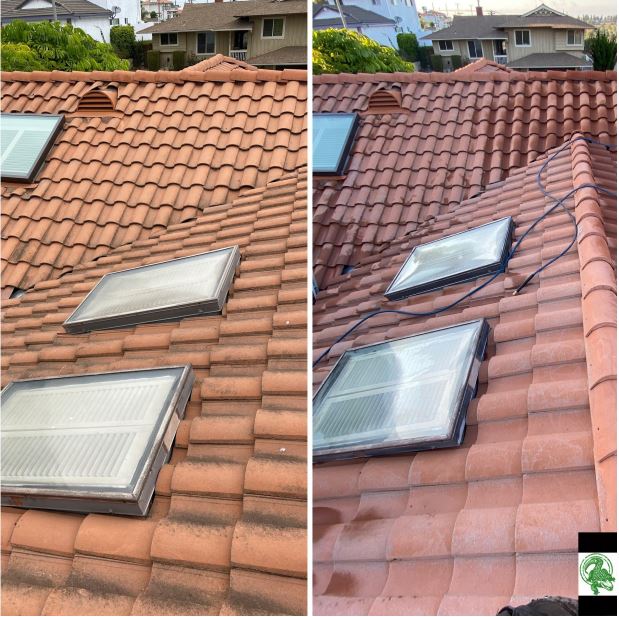
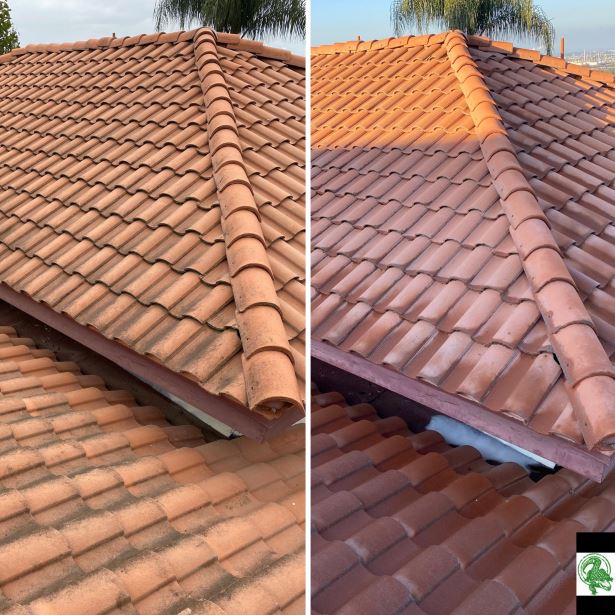
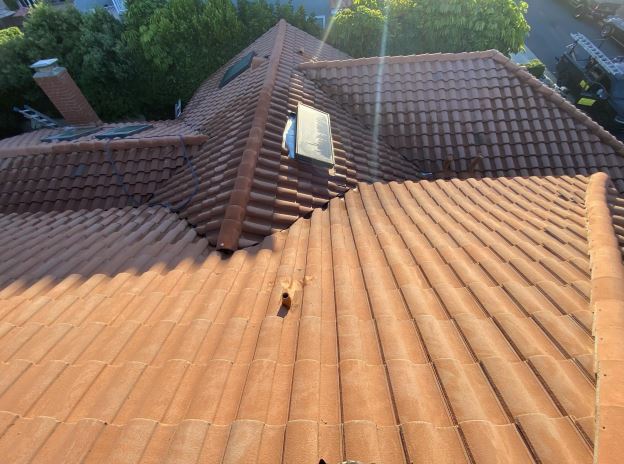
What You Will Need.
To do this yourself, you will need some equipment.
Extension ladder, two gallon pump up sprayer, laundry detergent & Sodium Hypochlorite. Sodium hypochlorite is the solution that will be doing all the cleaning & killing of all that organic growth you’ve let lake over your roof. Before you start, use an extension ladder to access your roof to see if you can spray the entire roof (in sections) from the ladder? If not you’re going to have to find the safest place for you to climb onto your roof. If you are still up for the challenge go to your local hardware store & purchase some liquid pool shock or 10% sodium hypochlorite. You might want to start with a three percent mix (seventy percent water with thirty percent sodium hypochlorite) in your pump up sprayer. If you’re working with tile try a four percent mix (fill with forty percent pool shock to sixty percent of water). Add some laundry detergent & mix well.
Before starting next steps water all grass, plants & delicate trees surrounding the roofs edge. Some of the solution may overspray or drip from the roof.
Climb the ladder to reach desired height & begin application of solution. Spray from the bottom up to the top (be careful not to create too much runoff when applying the solution). Spray and coat entire area of roof & give the roof cleaning solution time to dwell on the roof’s surface. Remember, if it’s wet it’s working. You will see some white bubbles & what looks like foam on top of any mold, mildew or algae that is growing on your roof, don’t worry this is normal. Apply a second coat if you still see green or black stains. If you are trying to remove Moss from your roof’s surface you may need to coat your roof with a stronger mixture of sodium hypochlorite. You can achieve this by adding less water to your pump sprayer bringing the strength up to a five percent mix (one gallon of water to one gallon of sodium hypochlorite). If the moss doesn’t turn cotton white you may need a six percent mix (sixty percent sodium hypochlorite to forty percent water mixture) or higher. We highly recommend you leave this in the capable hands of a professional roof cleaning company. At these strengths the solution can be dangerous to handle, causing burns to skin, damaging surrounding plants and may even kill them if not careful. Now that you have applied the solution you have successfully killed any organic growth that causes the stains. Give your roof a good rinse with water or leave it alone & the sodium hypochlorite will reactivate when it gets wet. For example, early morning mist or if it gets moisture throughout the evening, a fog, marine layer (if you live in a coastal area) or very light precipitation. it will keep working on any of the organic growth on the surface of your roof. Wait for mother nature to do it’s thing & a good rain will get rid of anything left behind. That’s how you clean a roof with low pressure
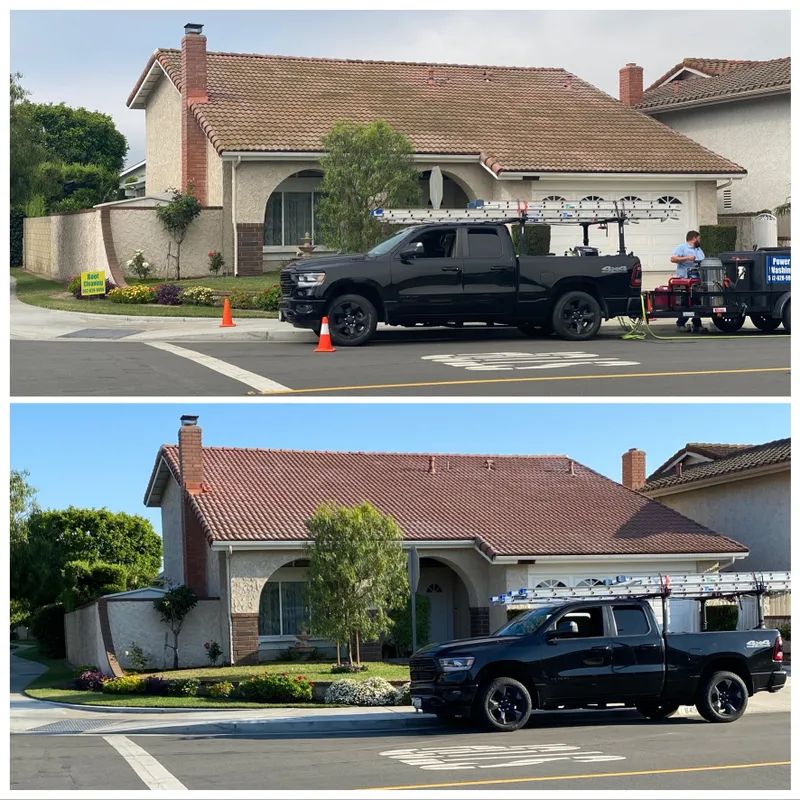
A successful moss removal using our low pressure roof cleaning technique
Latest Articles
-
Fall Exterior Maintenance: Why Pressure Washing Is Key Before Winter
As days get shorter and Pacific storms return, fall is the smart time to prep your home for cooler, wetter weather. Professional house washing in Long Beach and across Orange County removes the grime, salt spray, and organic buildup that trap moisture and invite problems all […]
-
The Best Time of Year for Pressure Washing in Cypress, CA
Keeping your home or business looking its best takes regular maintenance, and one of the most effective ways to refresh exterior surfaces is through professional pressure washing. Our team is proud to offer greater Long Beach pressure washing services that help restore curb appeal and protect […]
